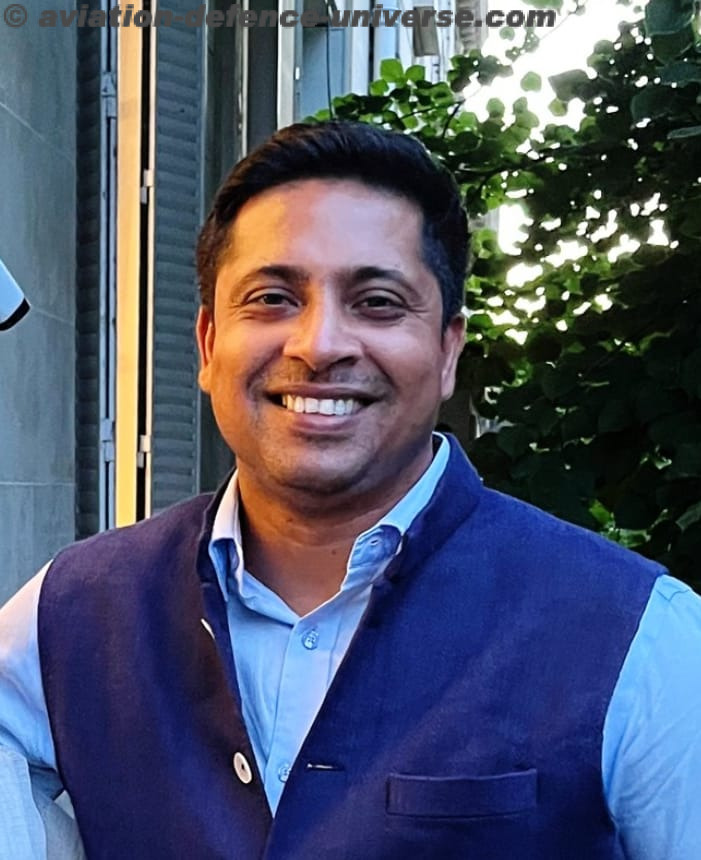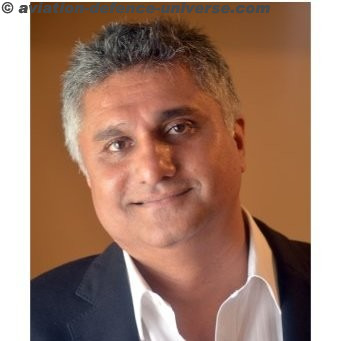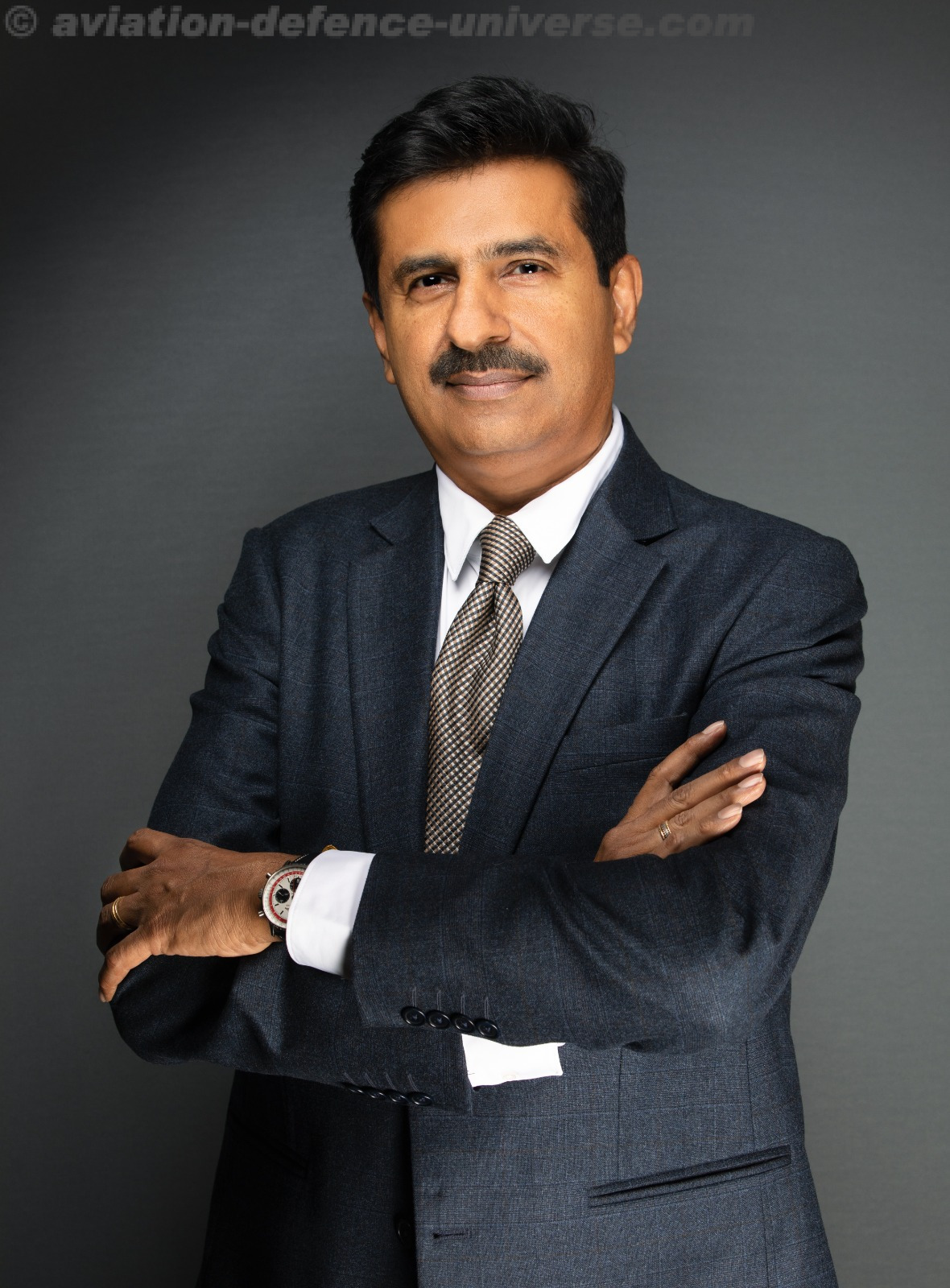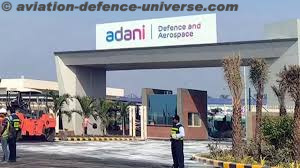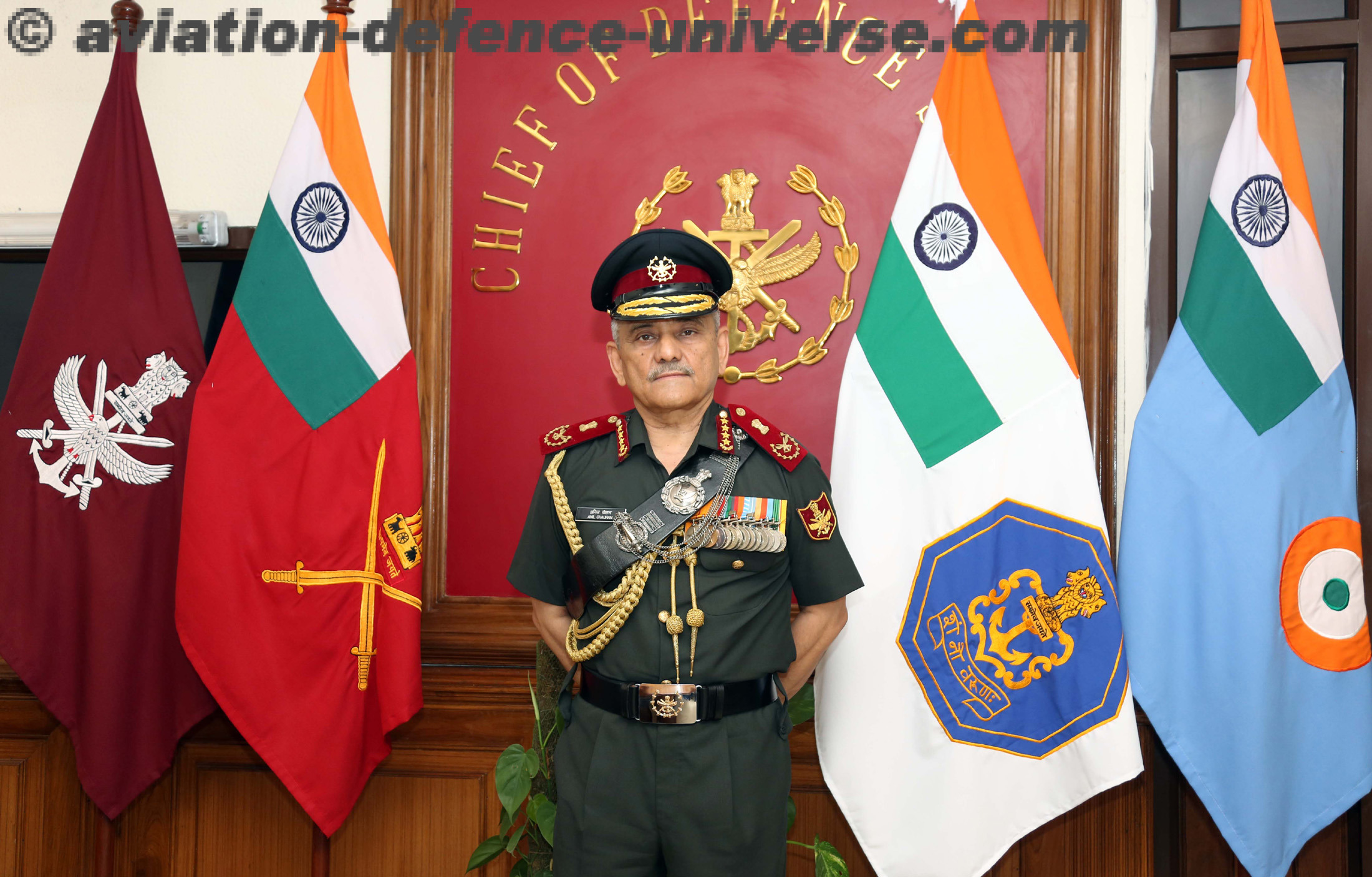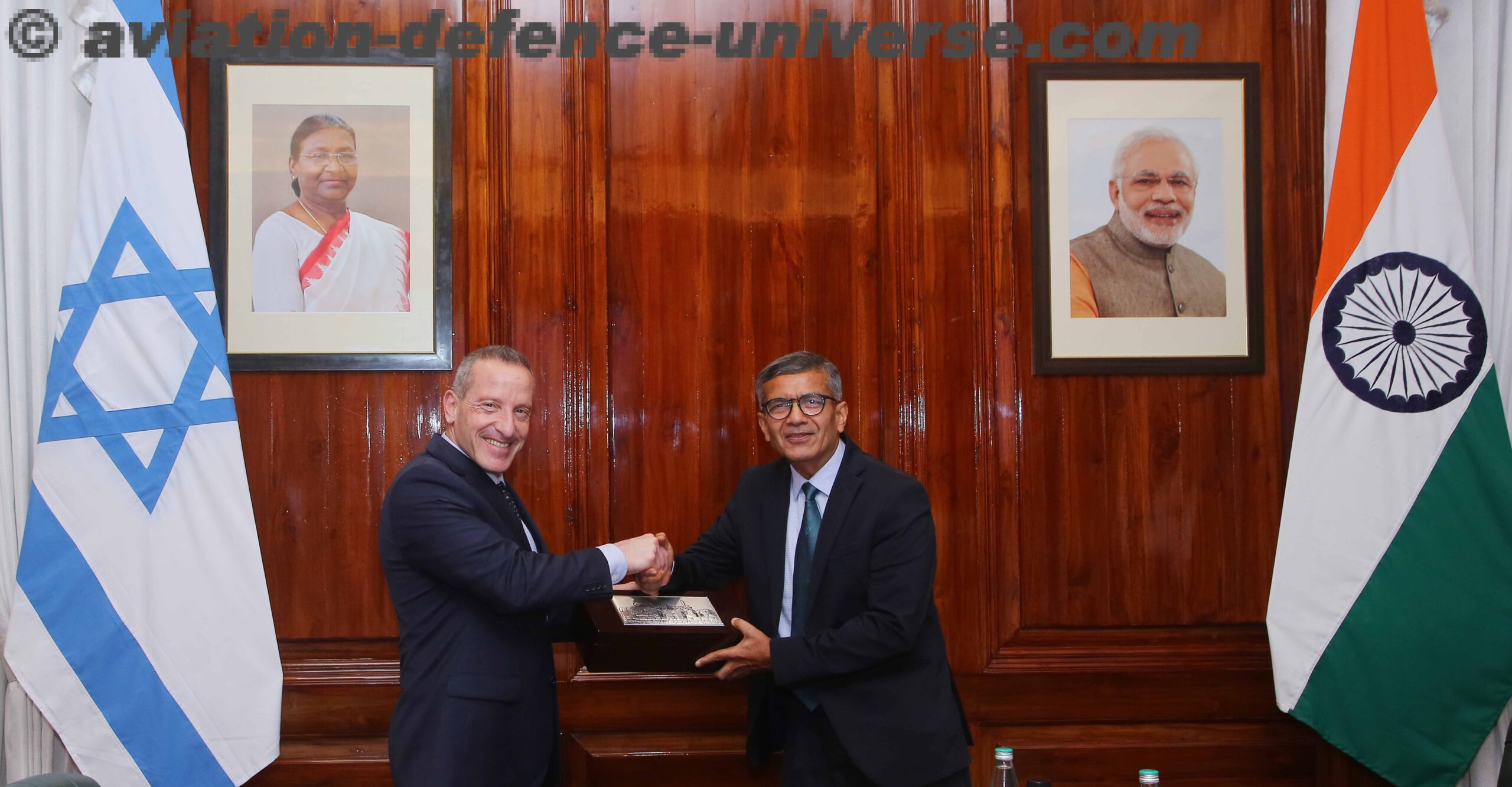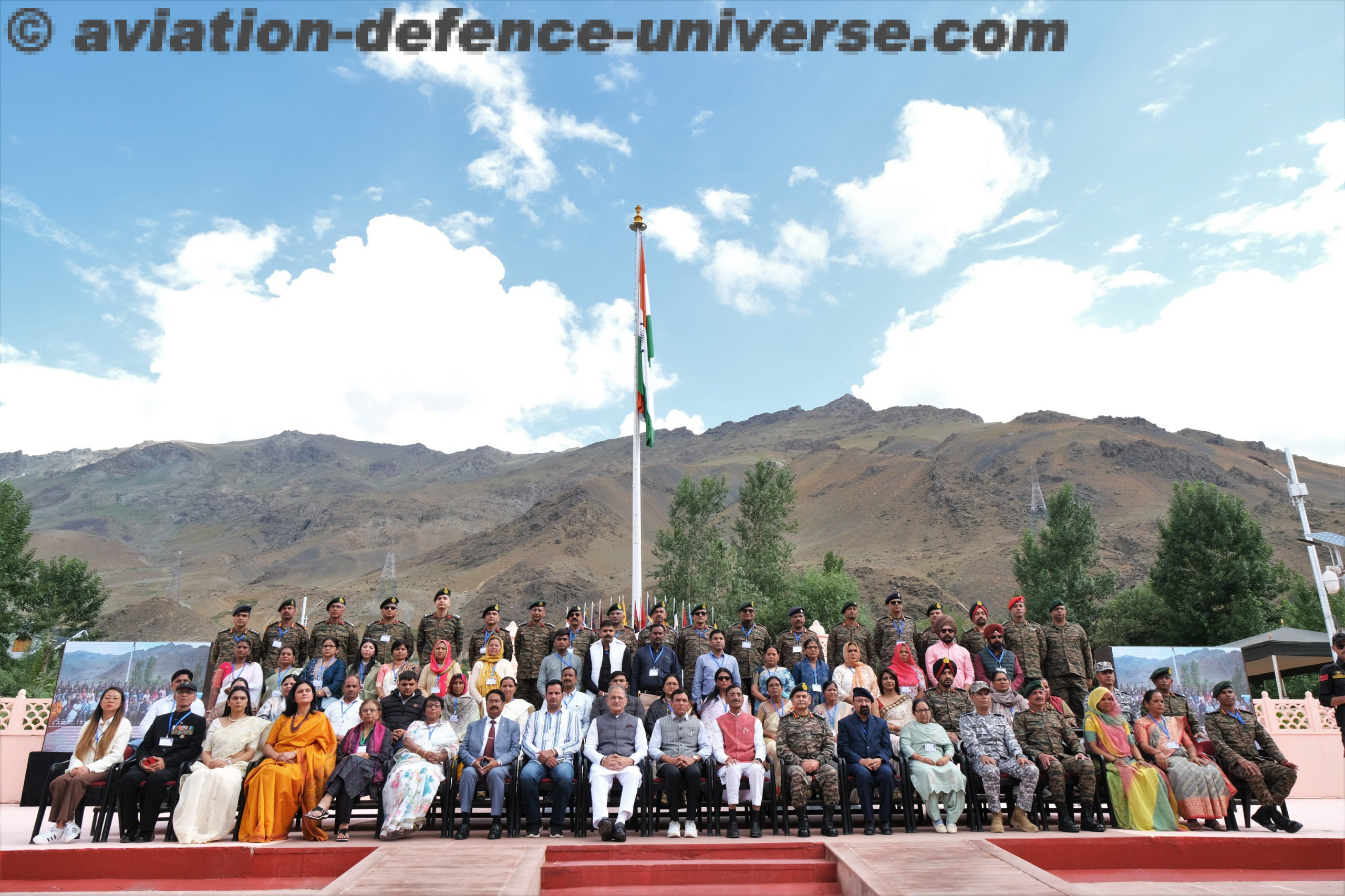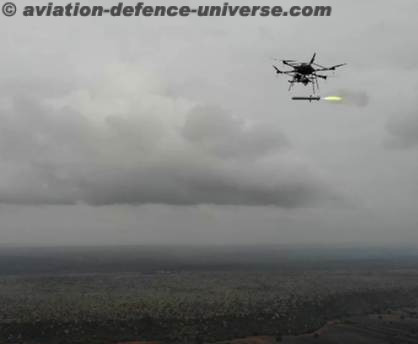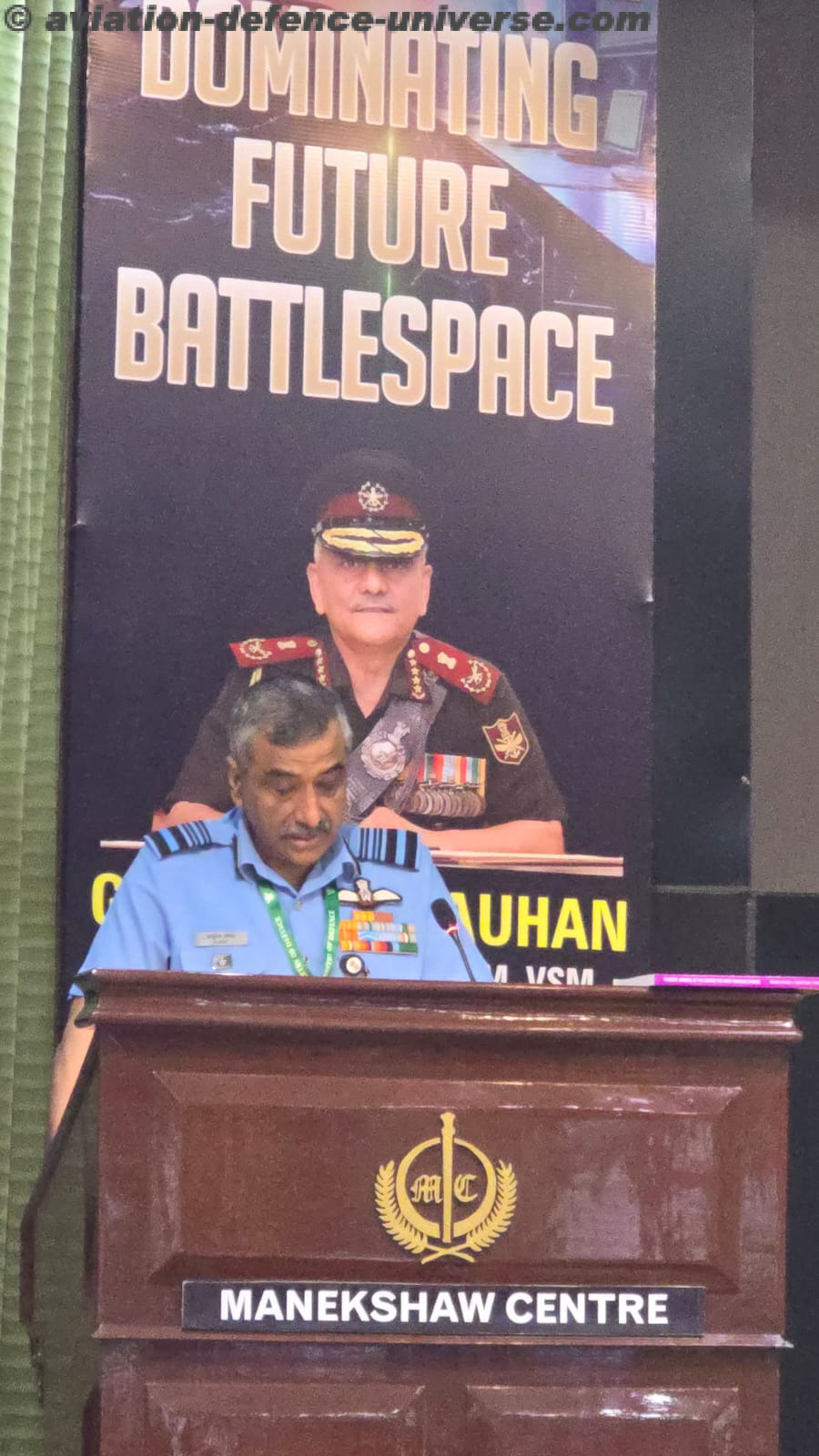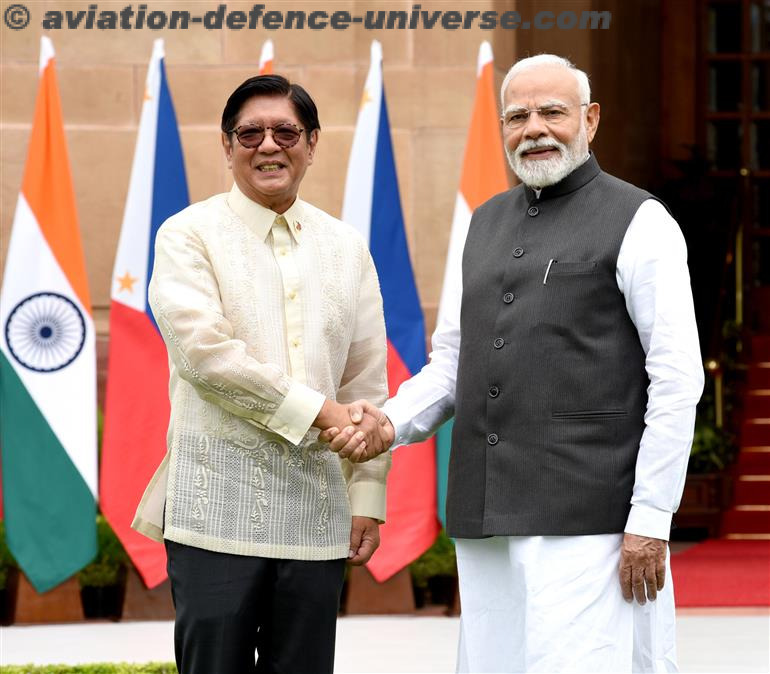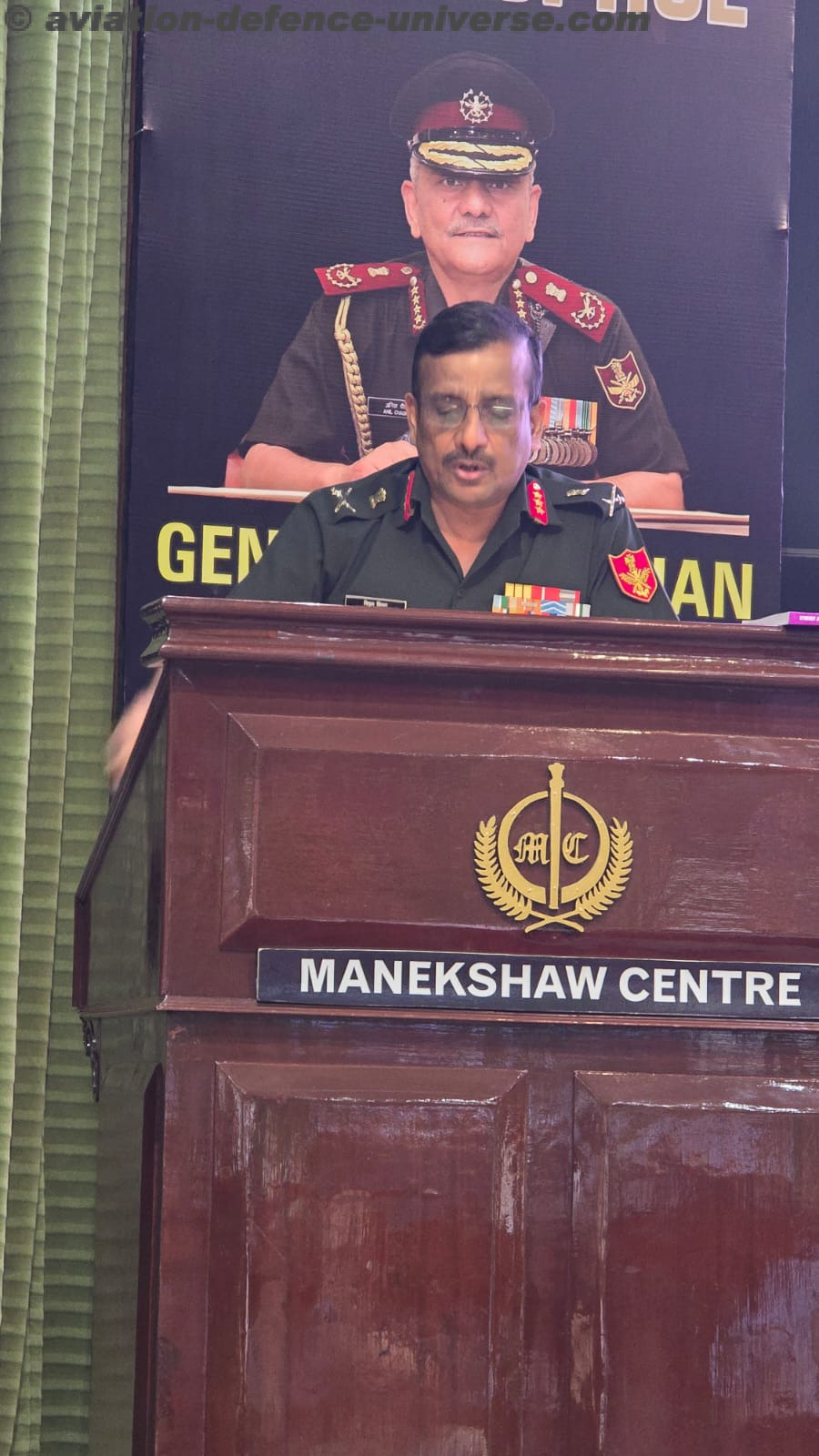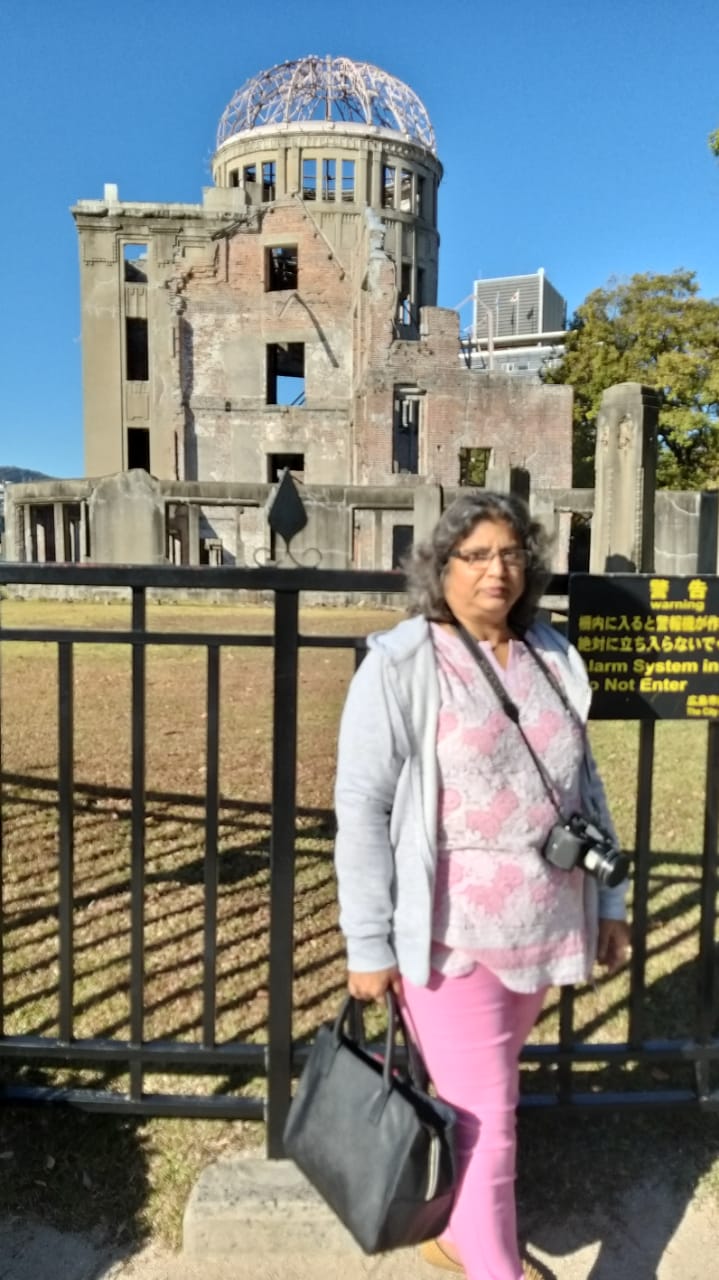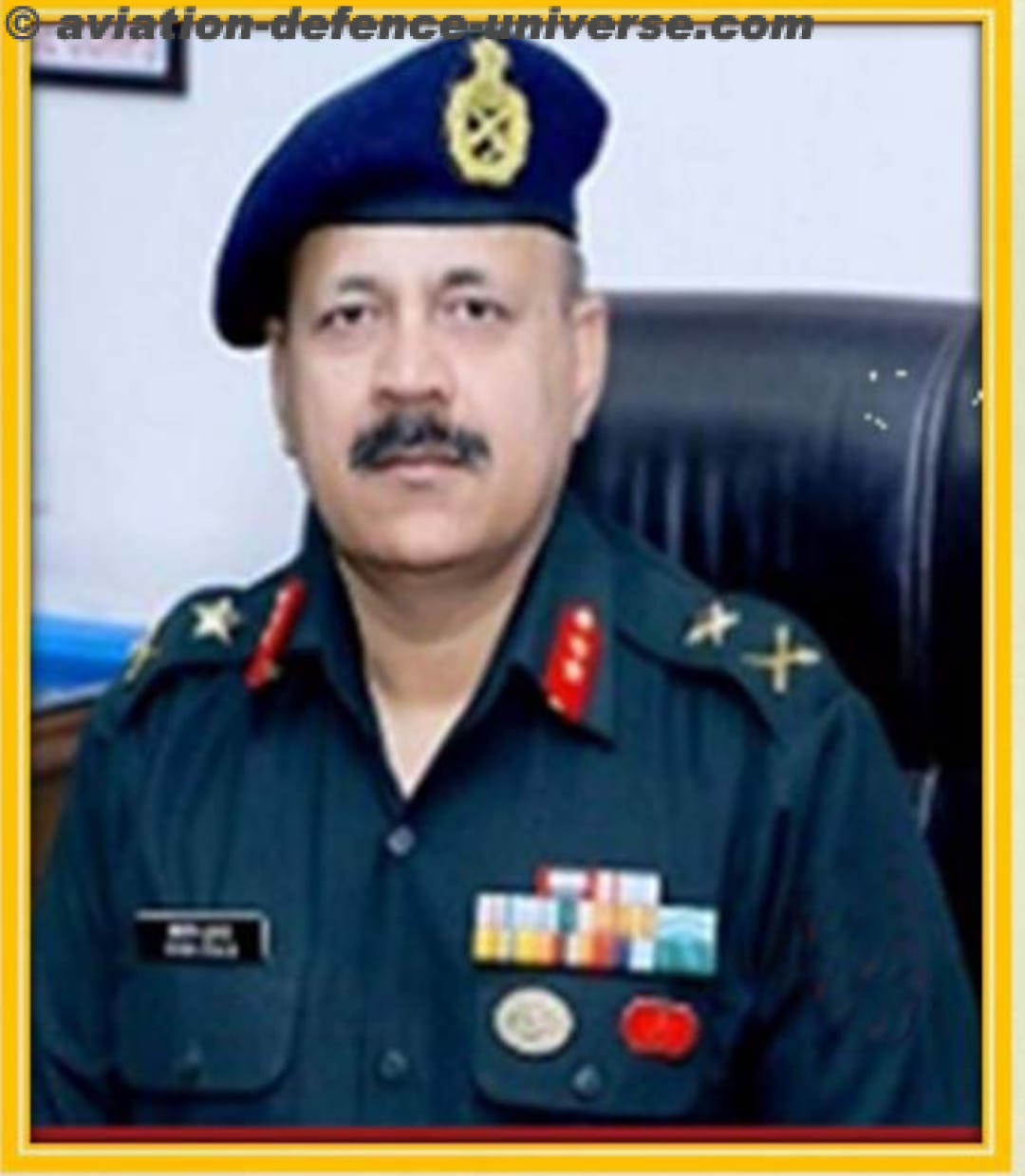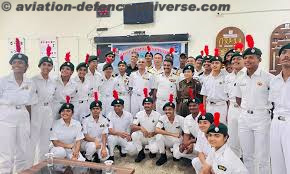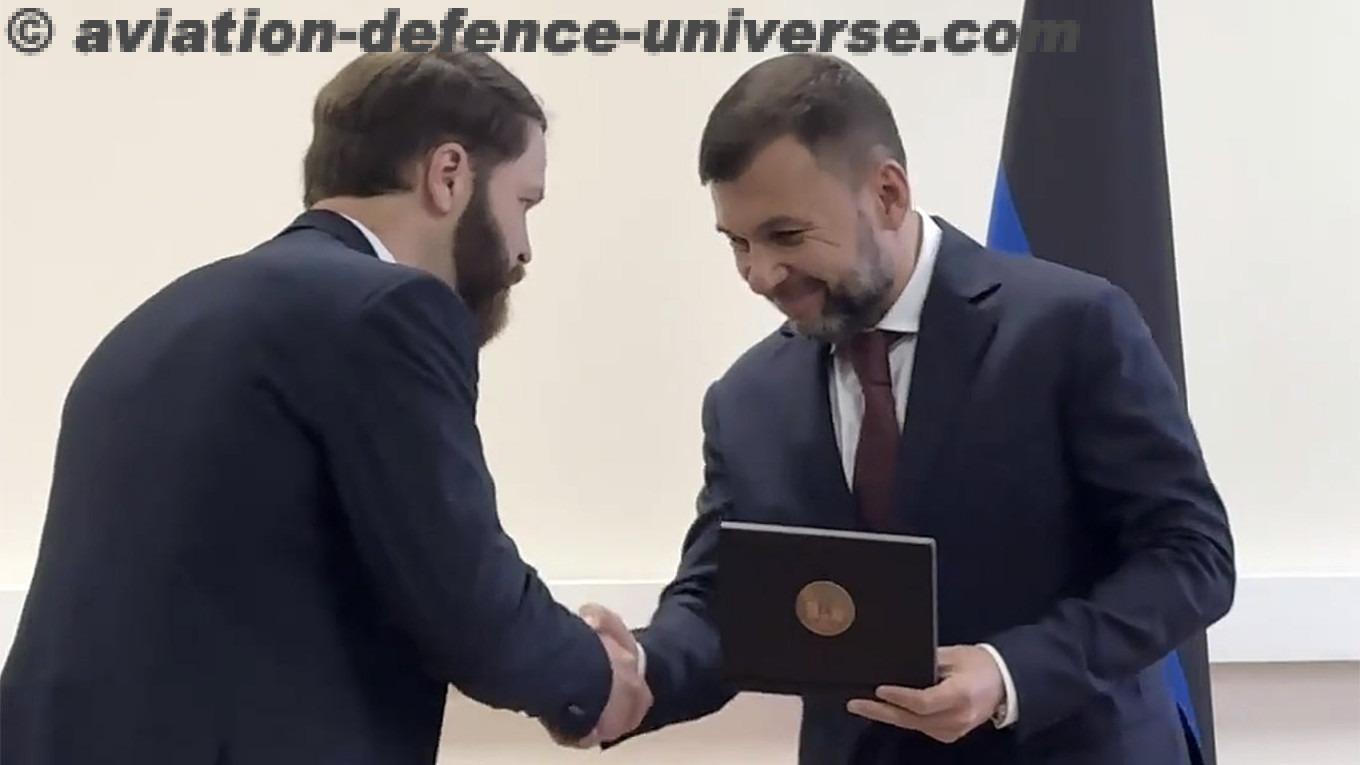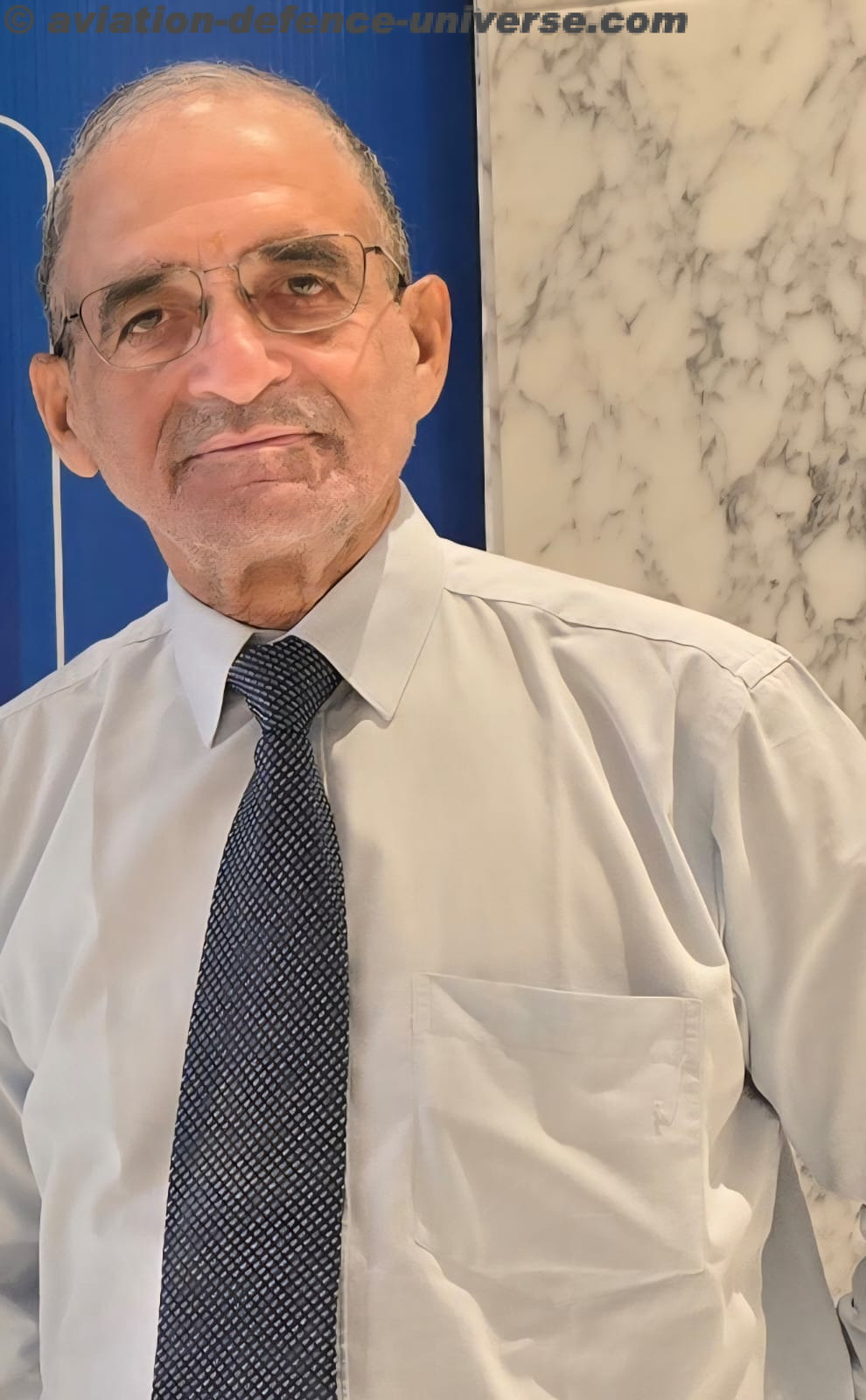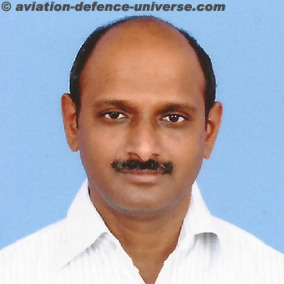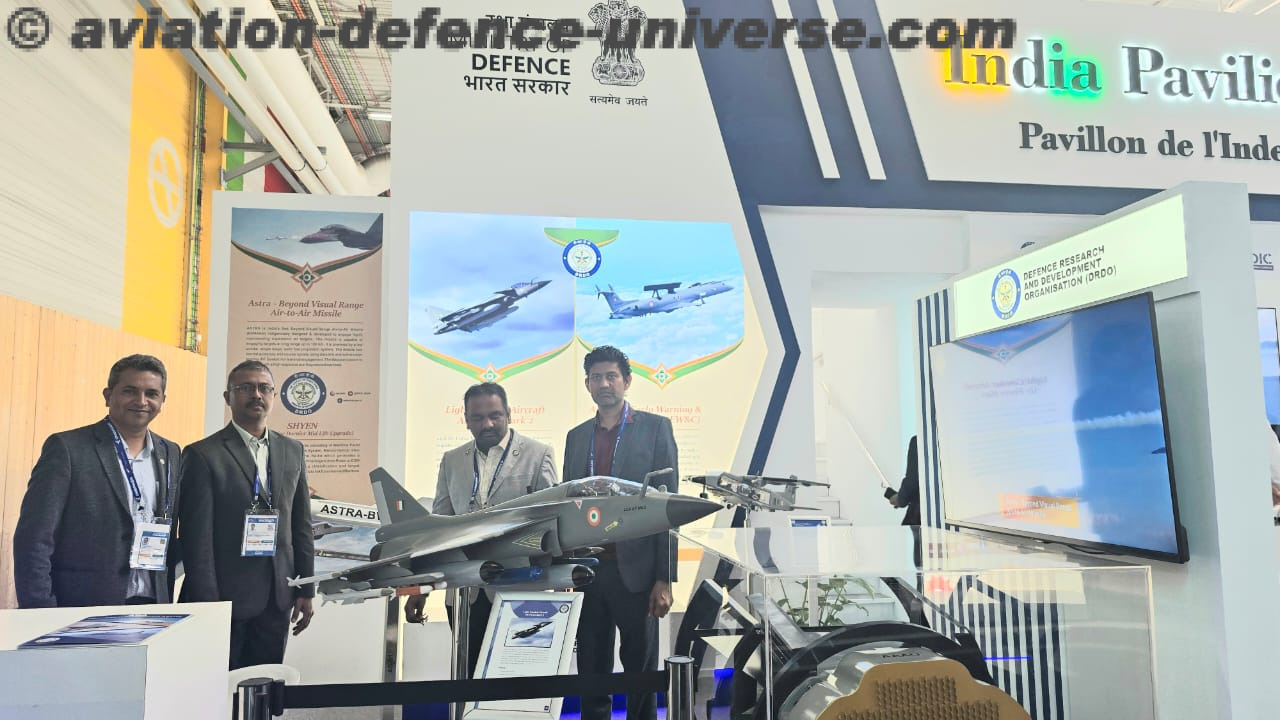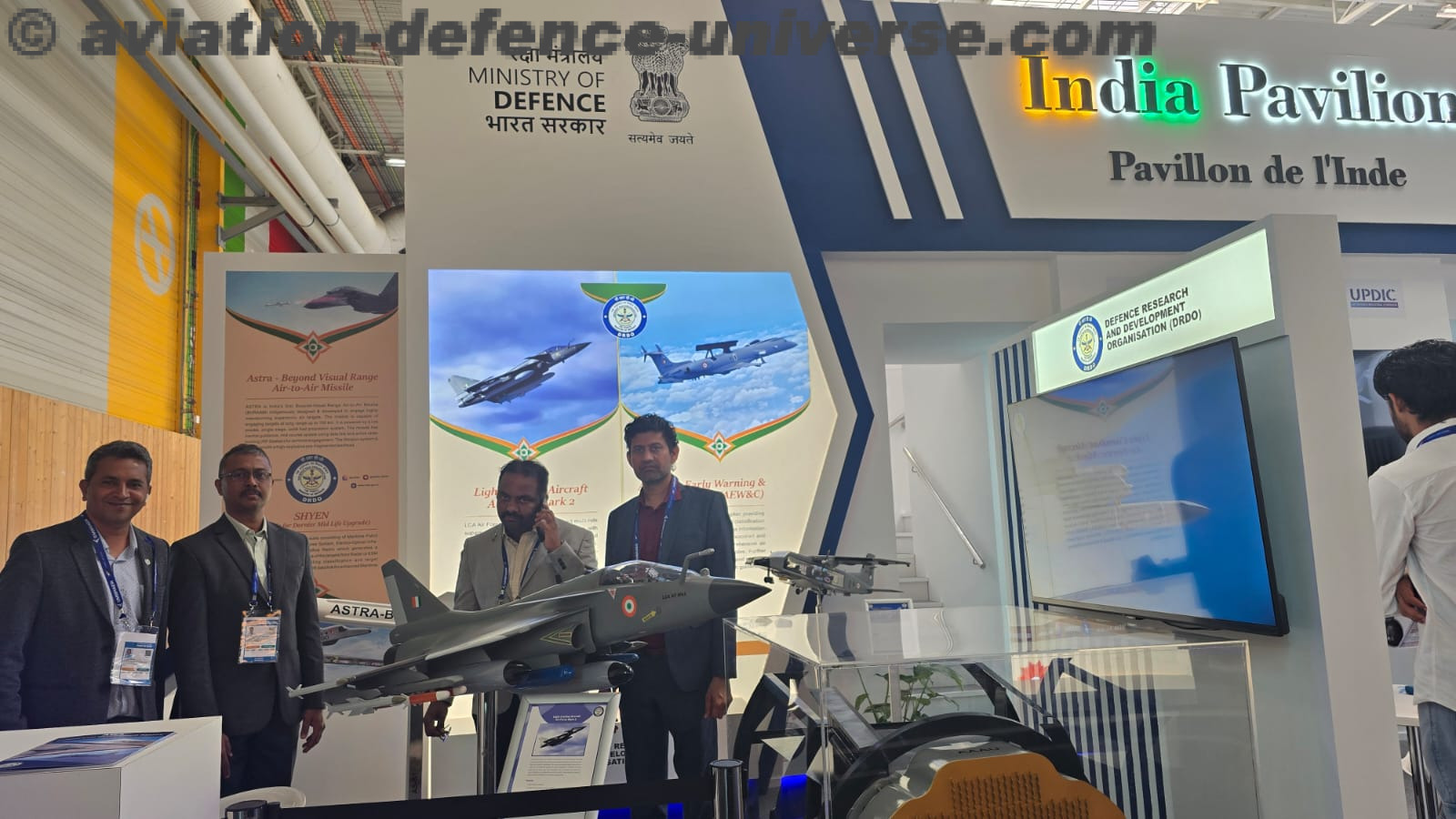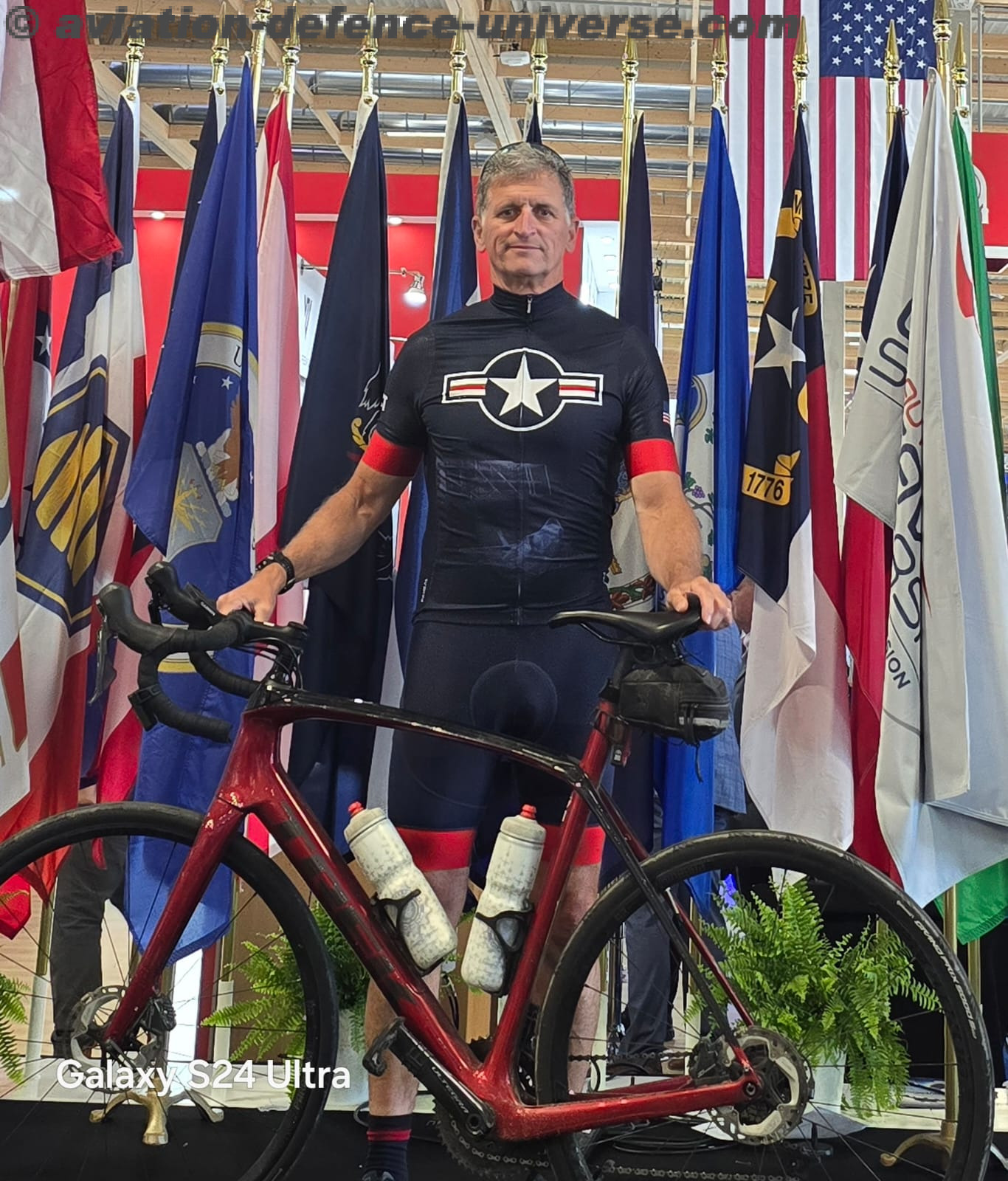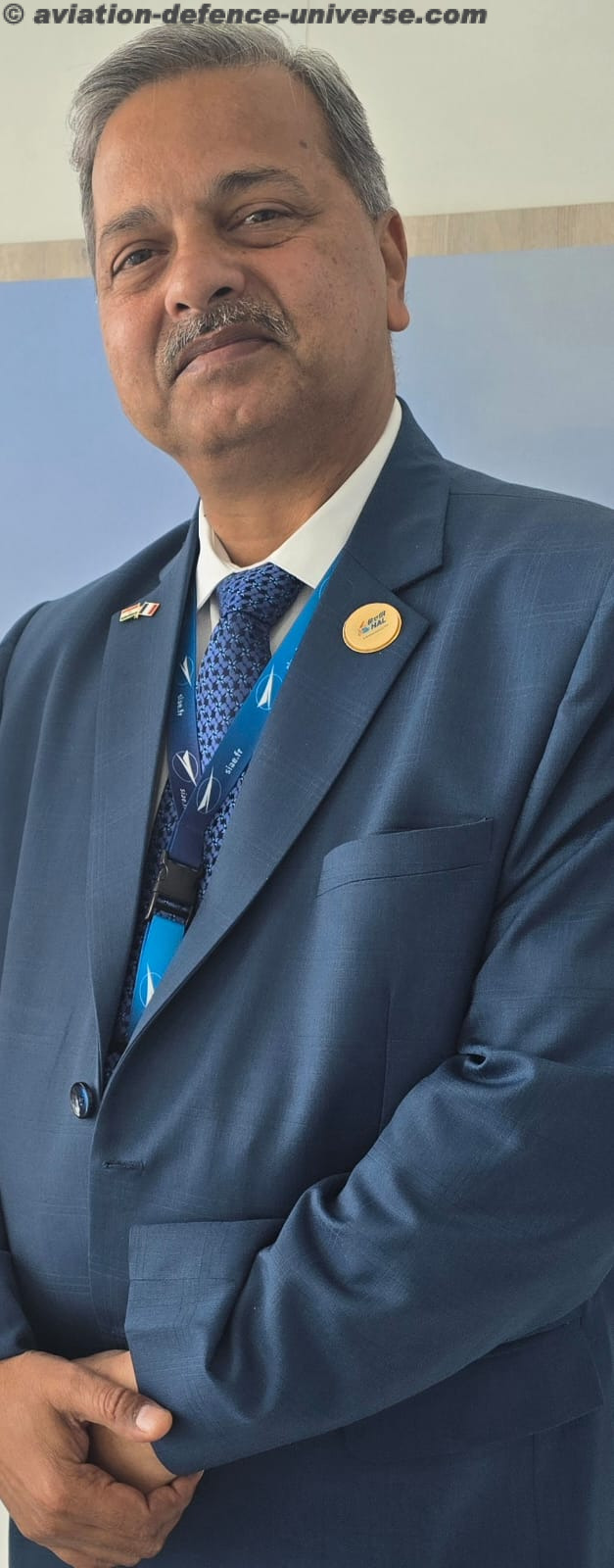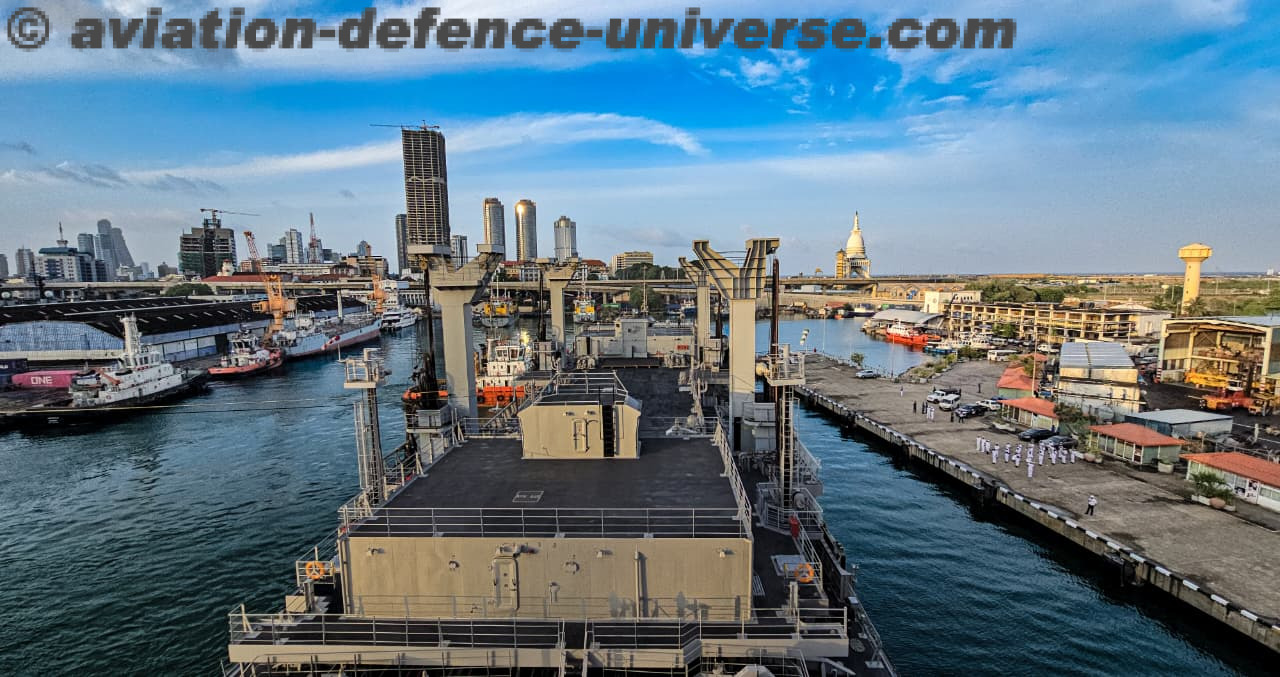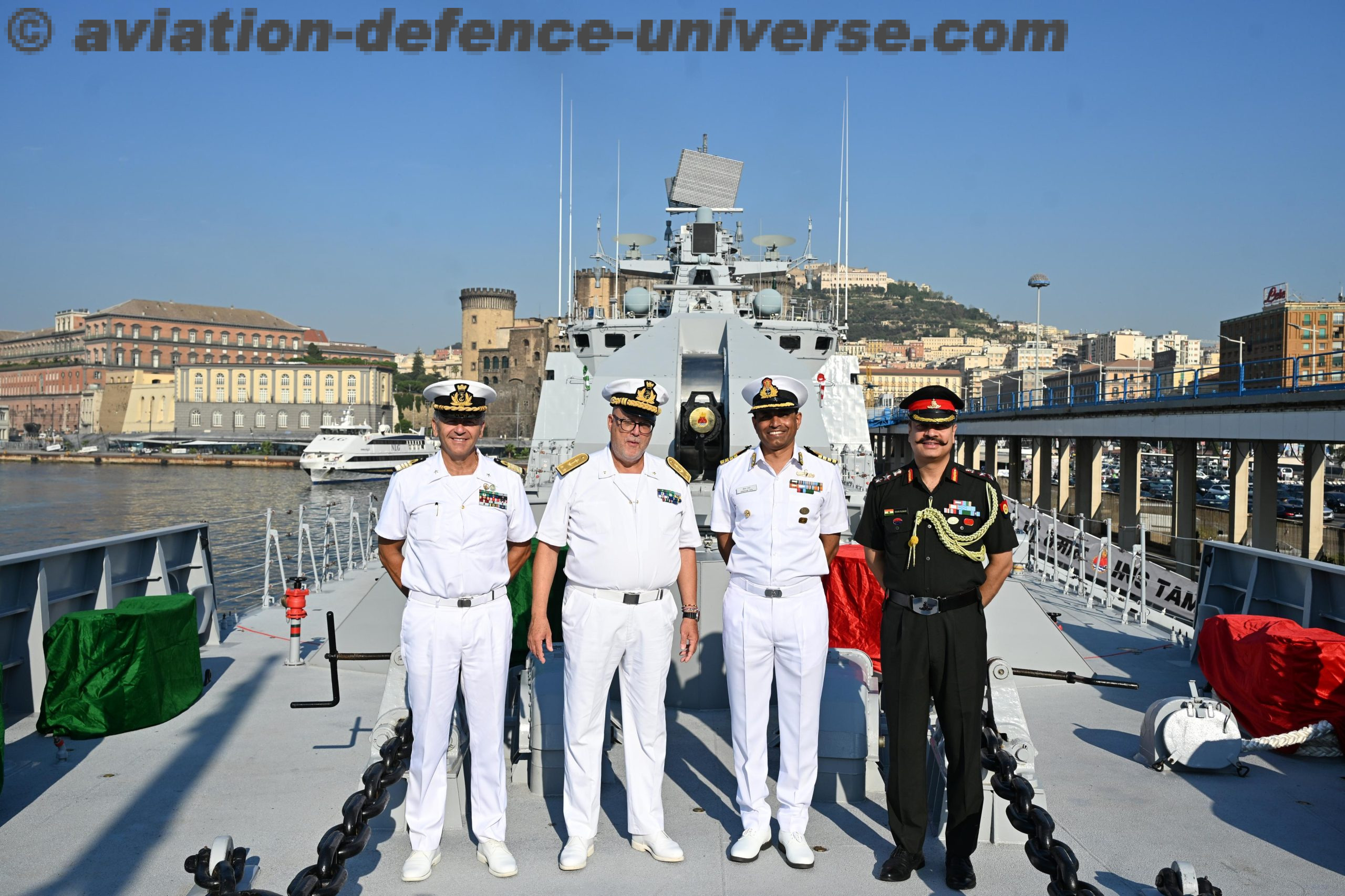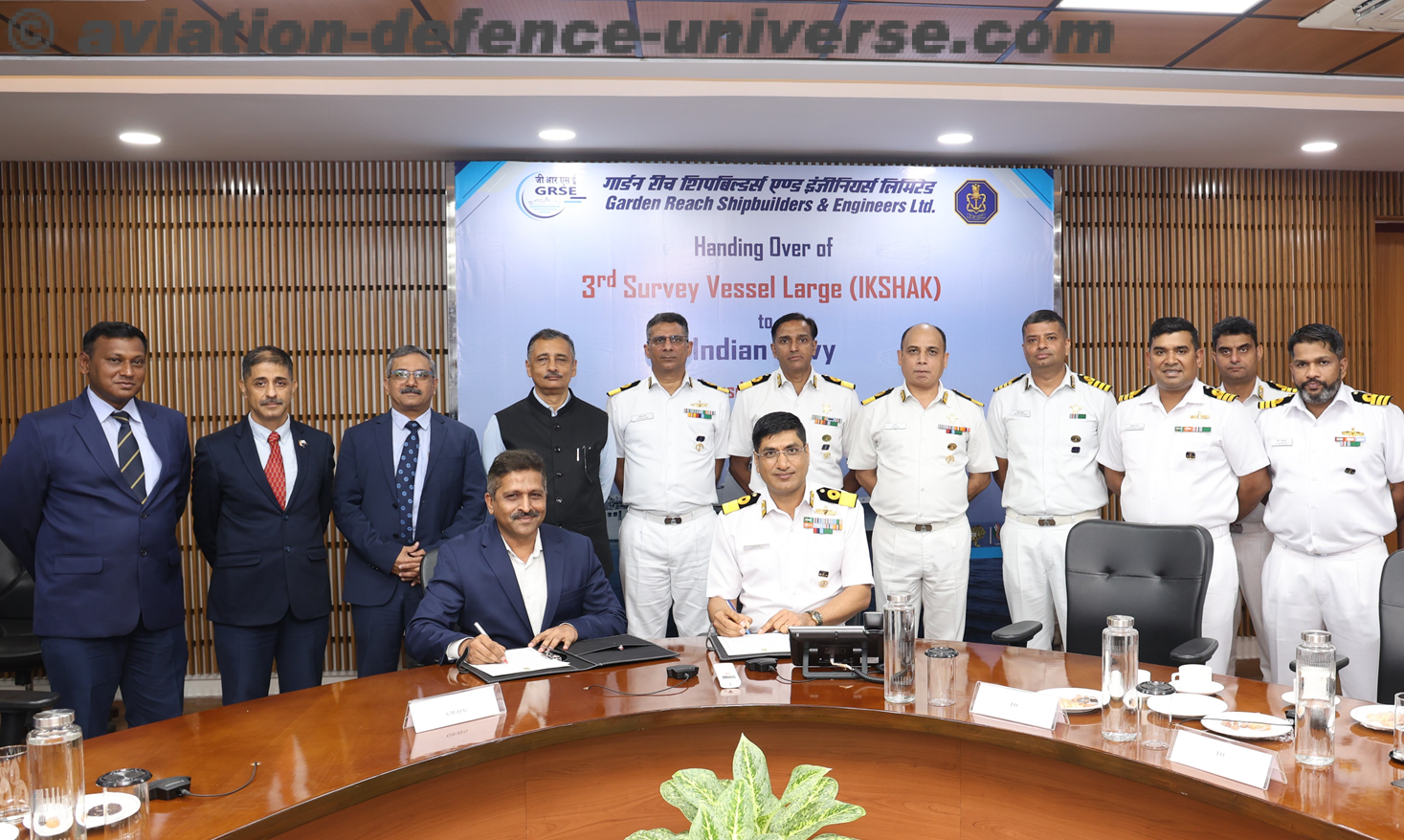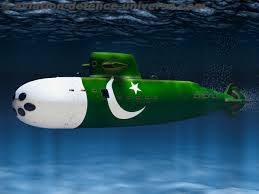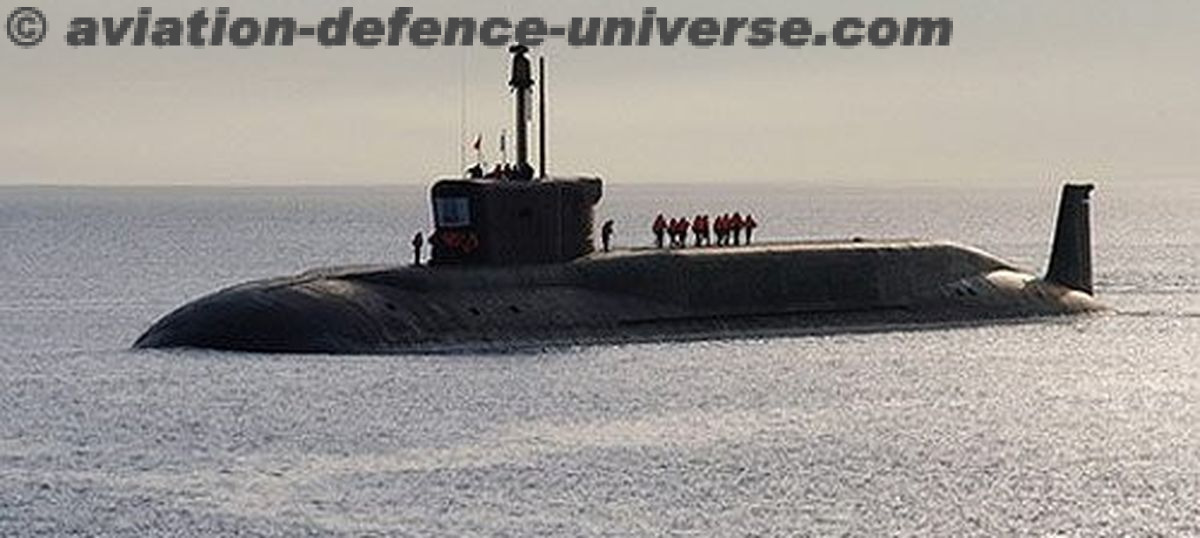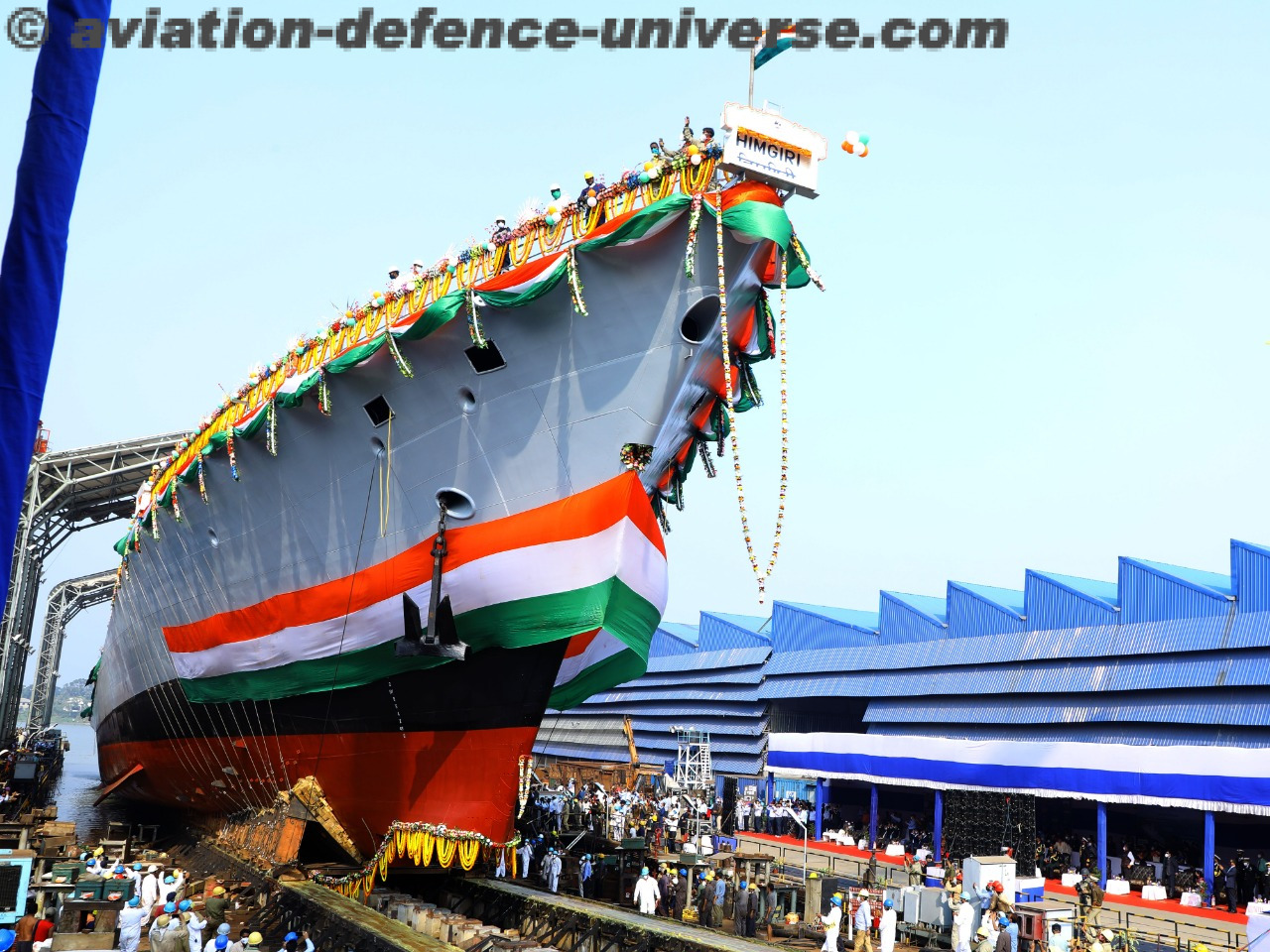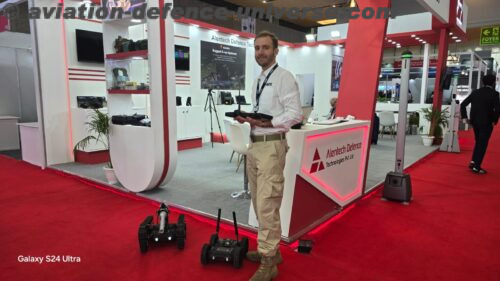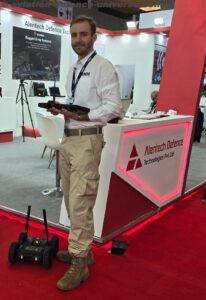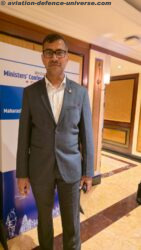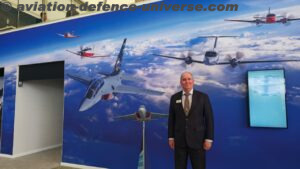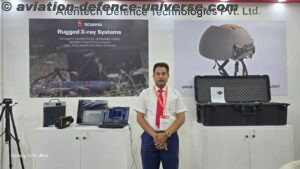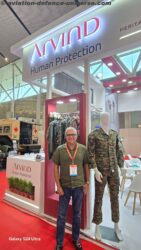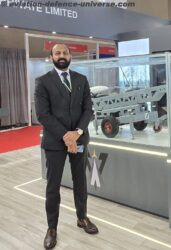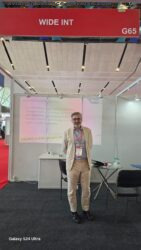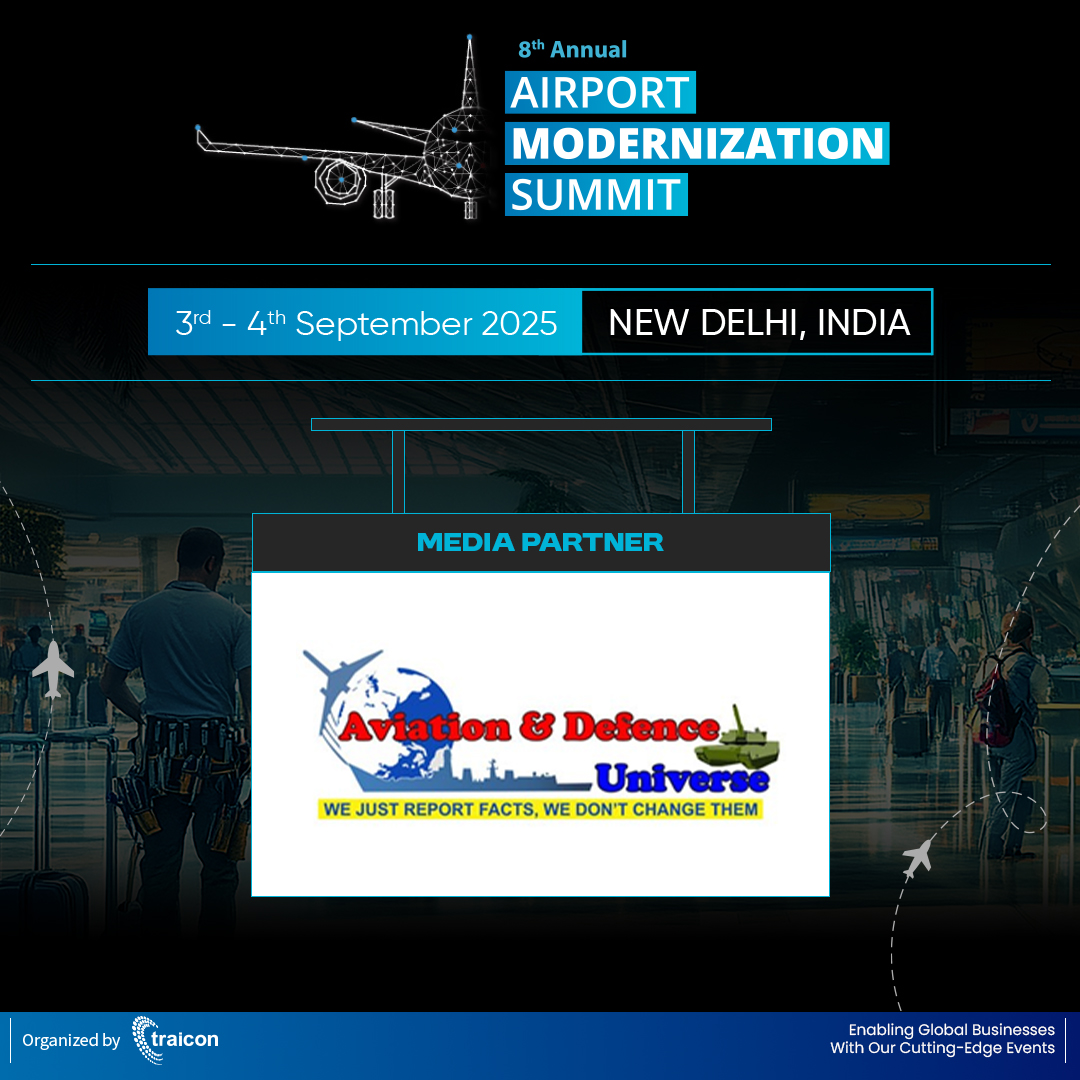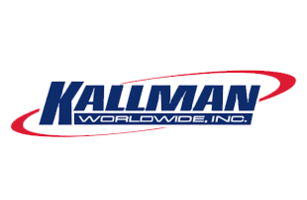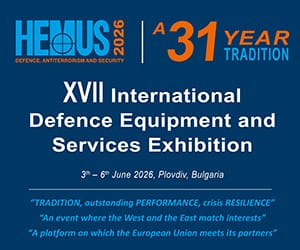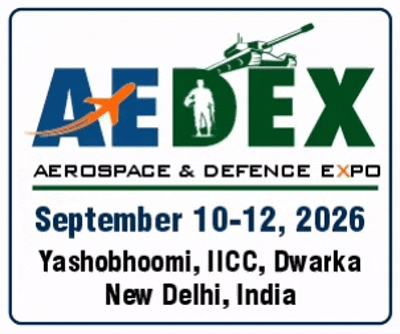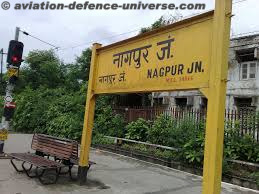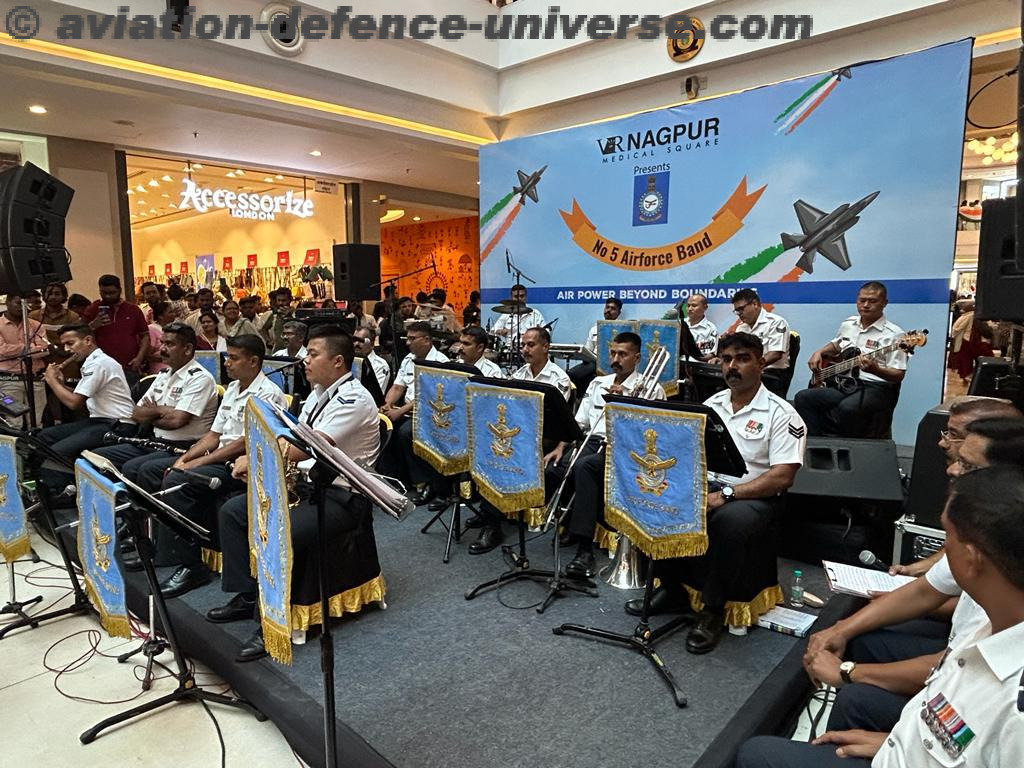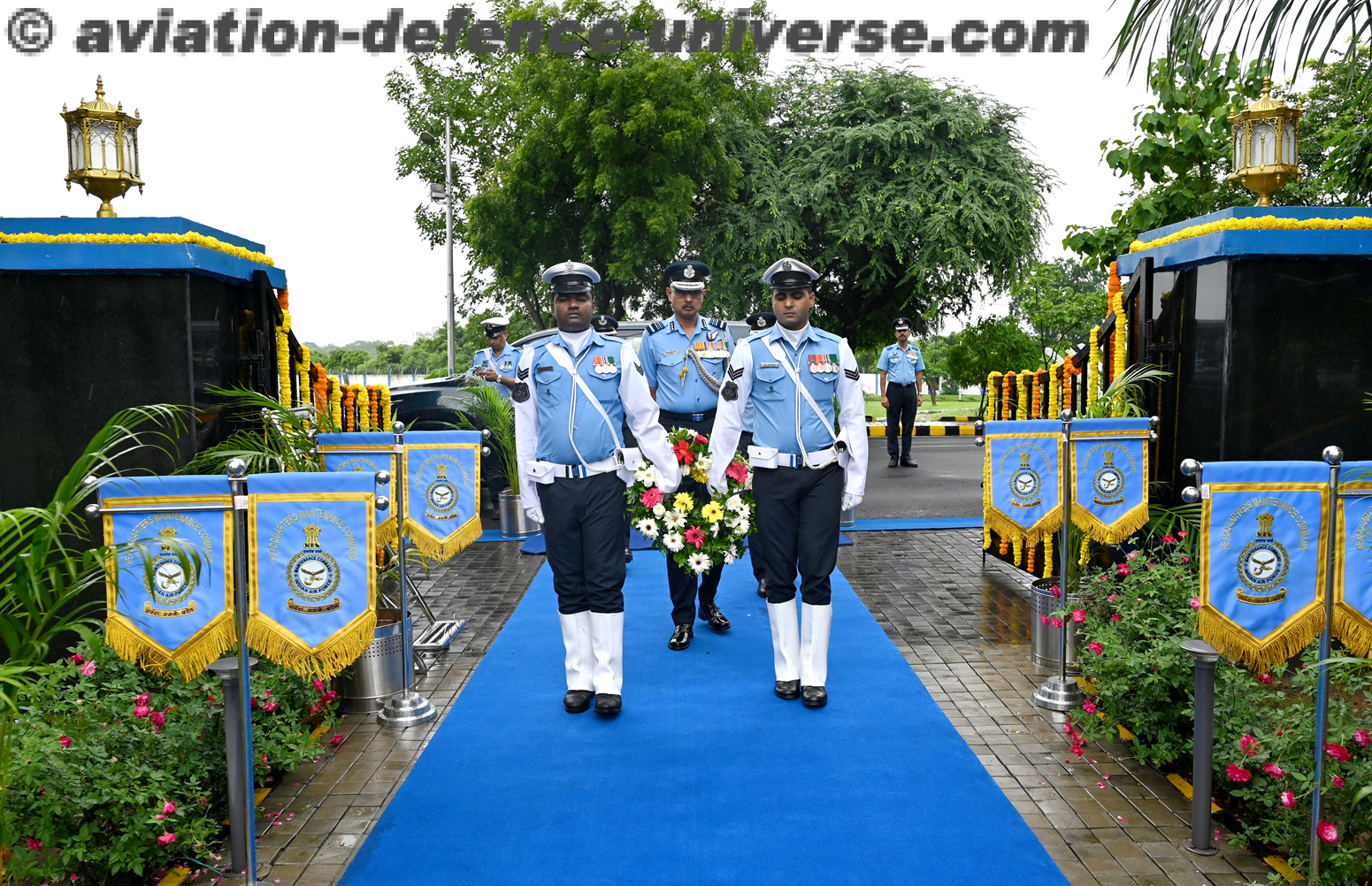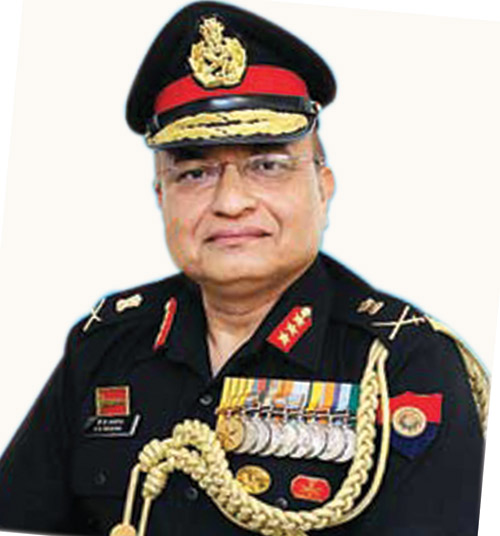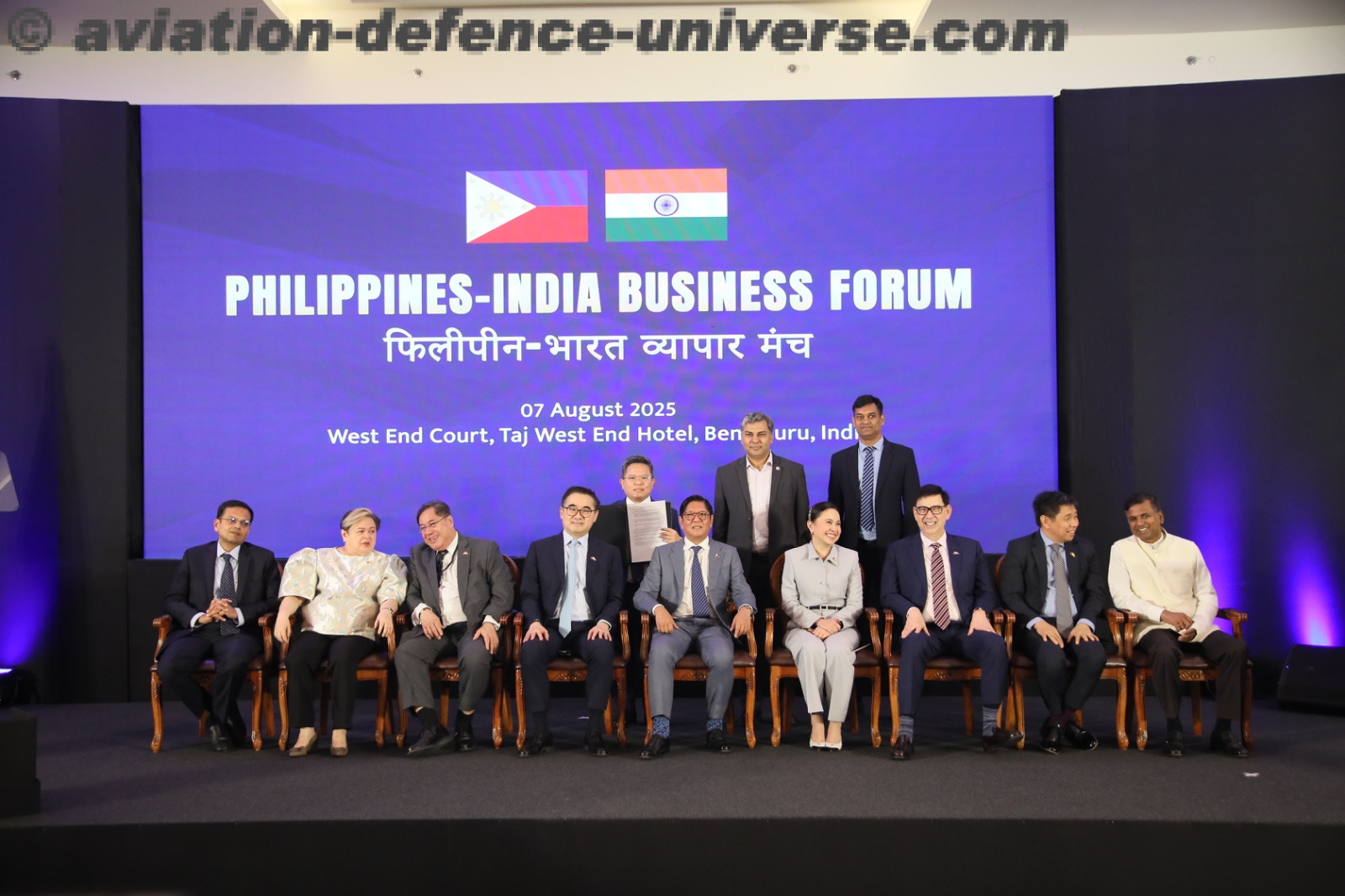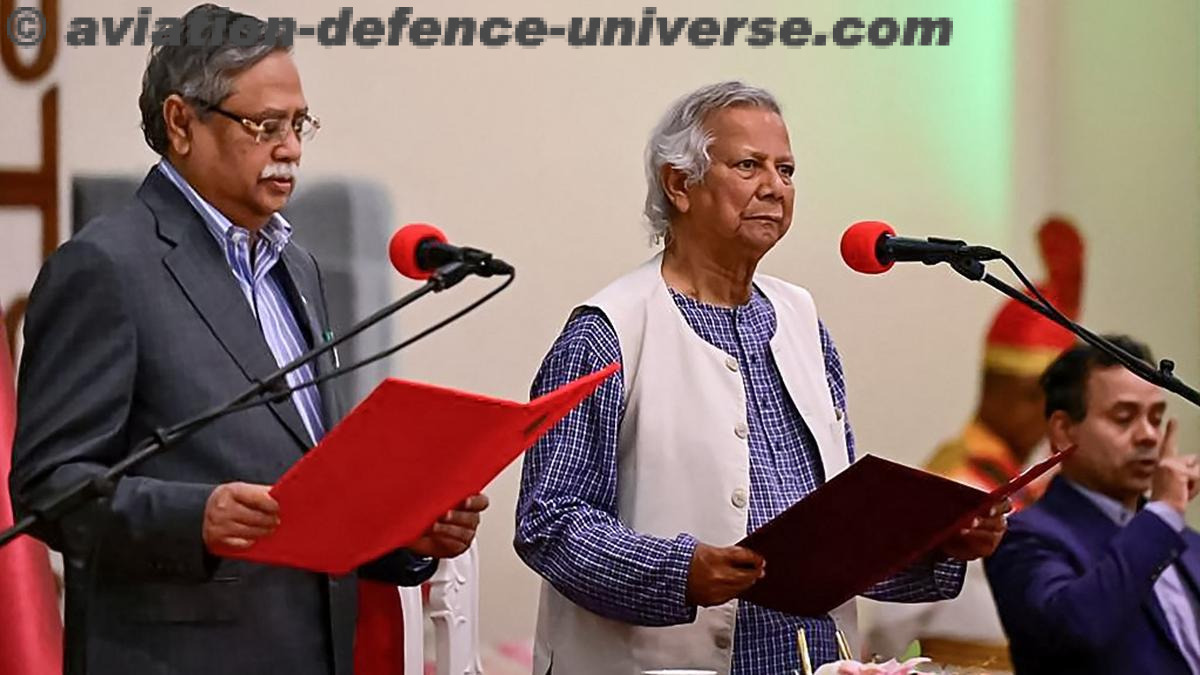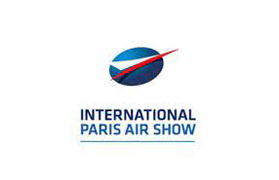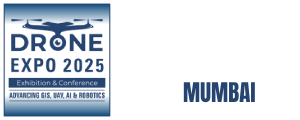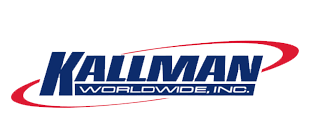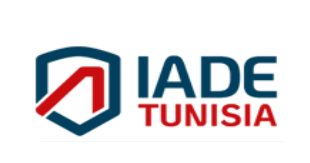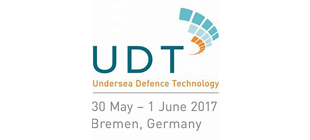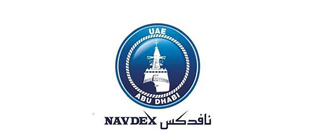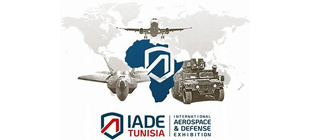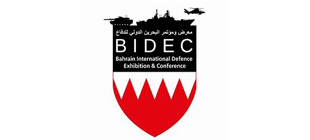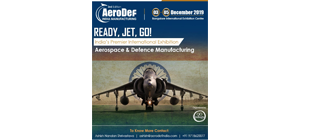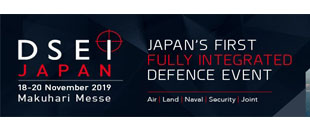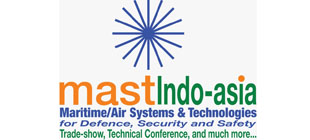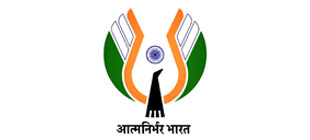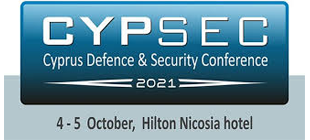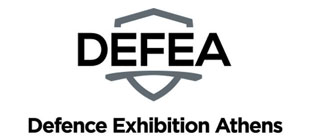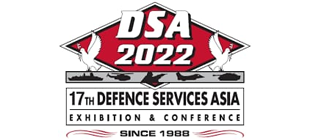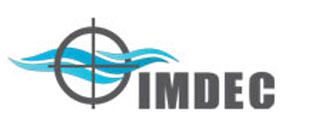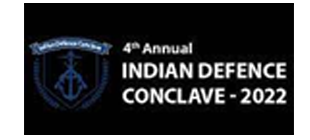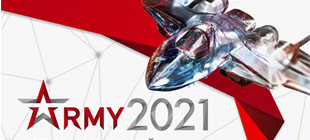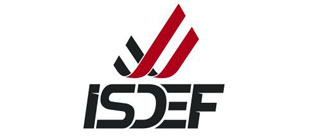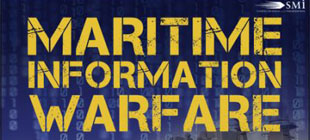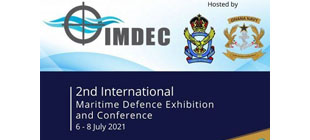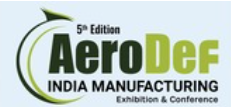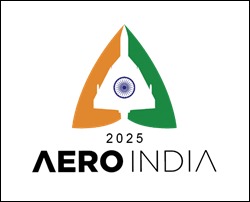- Targets India with Tactical Robots
- Romain Le Berre: KNDS France is Ready to Localise Defence Robotics in India
By Sangeeta Saxena
New Delhi. 07 May 2025. French defence major KNDS has emerged as a key player in the evolution of the unmanned systems ecosystem, leveraging its deep expertise in land systems to design and manufacture next-generation robotic platforms for reconnaissance, logistics, and combat support. Domestically, KNDS has been instrumental in strengthening France’s defence innovation pipeline by collaborating with the French Armed Forces, the Directorate General of Armaments (DGA), and leading research institutions to develop autonomous ground vehicles that enhance operational effectiveness and reduce risks to soldiers in high-threat environments. Its scalable, mission-specific robotic solutions—such as unmanned ground vehicles (UGVs) for urban warfare and remote-controlled systems for explosive ordnance disposal—are now becoming a core component of France’s modern battlefield strategy.
At Milipol India 2025, French defence tech leader KNDS France Robotics made its debut with cutting-edge robotic platforms built for tactical reconnaissance, EOD, and CBRN missions. In this exclusive interview, Romain Le Berre, Director Commercial, talks about the capabilities of their flagship robot Nerva LG, the longstanding partnership with Alentech Technologies, and KNDS’s plans to meet India’s specific operational demands.
ADU. So we are meeting here at Milipol and you have two lovely robots on display. What do they do?
Romain Le Berre. Actually, what you’re seeing are two versions of the same robot — the Nerva LG, which stands for Lightweight Ground platform. It’s designed for multi-mission use: to send ‘eyes and ears’ into remote or dangerous areas.
ADU. Tell us about the origins of Nerva LG.
Romain Le Berre. This robot was developed 12 years ago, originally for the French Gendarmerie’s elite GIGN unit. Since then, over 1,000 units have been sold in more than 30 countries. It’s used in combat, reconnaissance, CBRN detection, and explosive ordnance disposal missions. It’s very versatile and highly customisable.
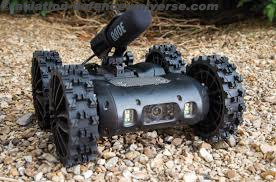
Romain Le Berre. The base platform is universal. You can change its wheels to tracks, tackle stairs or rough terrain, and equip it with a wide range of payloads — thermal cameras, CBRN sensors, manipulator arms, water jets, etc. It can carry up to 7 kilograms, which opens up a wide range of possibilities.
ADU. What payloads are you showcasing at Milipol India?
Romain Le Berre. We have about seven payloads on display — thermal cameras, dual audio modules for remote communication, car cameras for checkpoint inspection, and gunshot detection using the French-made MetraViv system. Rather than reinventing the wheel, we integrate proven technologies and give them mobility.
ADU. You’ve been working with Alentech Technologies in India. Can you tell us more about this partnership?
Romain Le Berre. Absolutely. We’ve known Balwinder from Alentech for over seven years. They sold several platforms to the NSG in the past. Now, we’re discussing new opportunities, including a potential order of over 10 units. We’re also engaging with engineering teams, police, special forces, and even presidential security.
ADU. Is this the first time KNDS France Robotics is exhibiting in India?
Romain Le Berre. Yes, this is our first official showcase. Alentech was doing an excellent job autonomously, but now we’re here to present our latest capabilities directly to Indian stakeholders.
ADU. How has the response been? Are paramilitary and military officials showing interest?
Romain Le Berre. Very much so. Thanks to Alentech’s network, we’ve had several high-level delegations visit our booth. We see very promising prospects for 2025 and 2026.
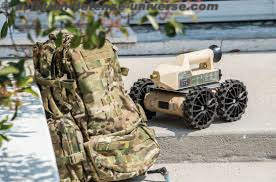
Romain Le Berre. We’re also presenting videos of our larger platforms — Centurio and Ultro. Centurio is a 3-tonne platform designed for heavy-duty missions and can carry a 20mm weapon station. Ultro is an 800kg all-electric robot ideal for lighter but autonomous missions.
ADU. How ready are your platforms for Indian terrain and defence specs?
Romain Le Berre. We can definitely tailor our platforms to Indian Army requirements. Production in India is not an issue. But autonomy specs — like 15km point-to-point autonomous mobility — are still challenging due to current tech limits. Our role is to help Indian users strike the right balance between remote control and autonomy.
ADU. Are the platforms weaponised?
Romain Le Berre. Currently, the Indian requirement is for observation-only. But yes, we can weaponise them if needed — always with a human in the loop for target verification. That’s non-negotiable.
Romain Le Berre. We’re thrilled with our Milipol India debut. It’s an exciting market with strong demand and real opportunity. And thanks for always supporting KNDS.
Globally, KNDS is shaping the future of defence robotics by establishing industrial and strategic partnerships that enable technology co-development and localised manufacturing in allied nations. Its integration of artificial intelligence, modular payloads, and remote-control interoperability across NATO-compatible systems positions it as a trusted provider for European and international forces seeking advanced unmanned capabilities. Through platforms like the ARX 25 remote weapon station and UGV-integrated artillery solutions, KNDS is enabling militaries to transition towards semi-autonomous and autonomous warfare. By pushing the boundaries of man-machine teaming, KNDS is not only reinforcing its global footprint but also redefining how military forces around the world engage with robotics in multi-domain operations.
KNDS France Robotics, with its modular and battle-proven Nerva LG platform, is actively expanding into the Indian defence market. With Alentech as a trusted partner, KNDS is prepared to meet India’s specialised needs with localised production and tailored configurations. As Indian forces modernise their ground operations, agile robotics like the Nerva LG could be a vital component.
As told to Sangeeta Saxena




